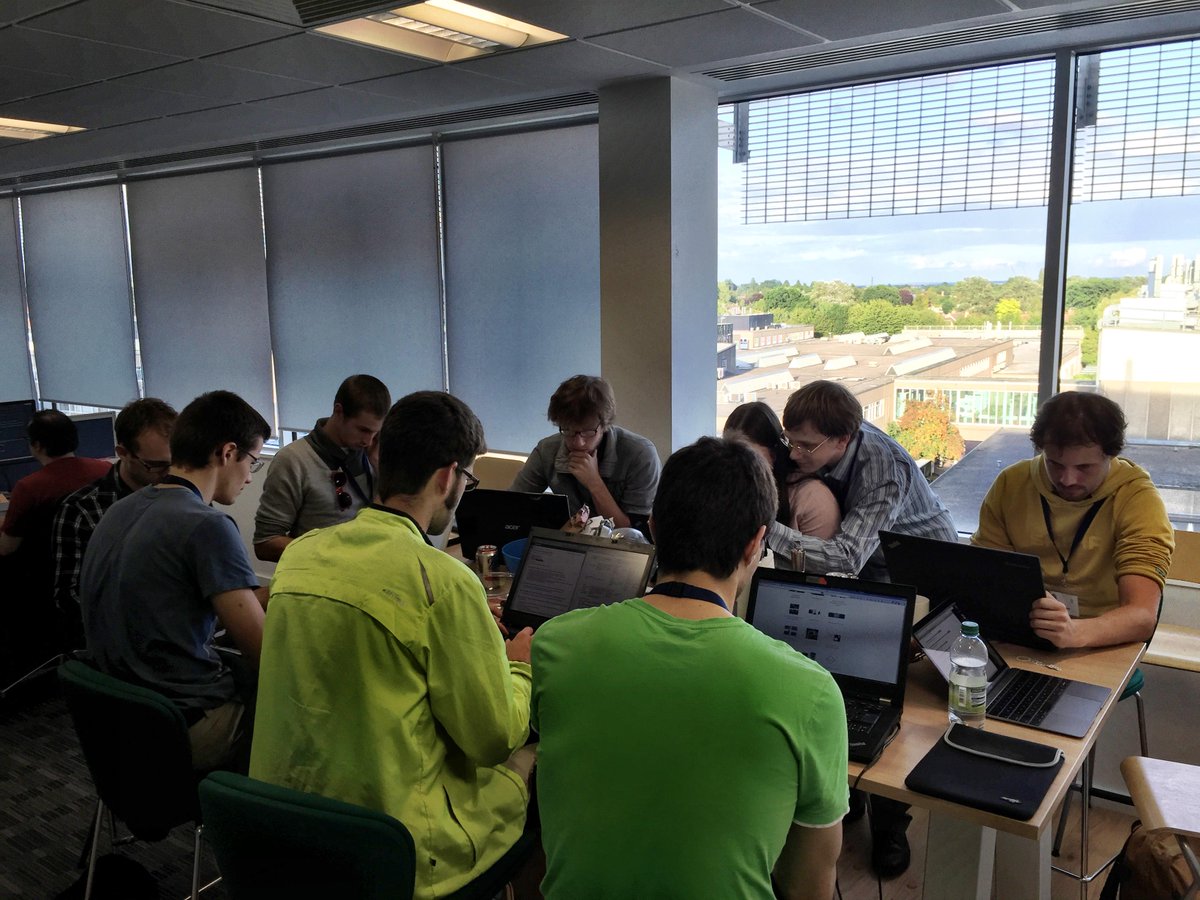In my recent post, I extolled the virtues of SciPy 0.19’s LowLevelCallable. I did lament, however, that for generic_filter, the LowLevelCallable interface is a good deal uglier than the standard function interface. In the latter, you merely need to provide a function that takes the values within a pixel neighbourhood, and outputs a single value — an arbitrary function of the input values. That is a Wholesome and Good filter function, the way God intended.
In contrast, a LowLevelCallable takes the following signature:
int callback(double *buffer, intptr_t filter_size,
double *return_value, void *user_data)
That’s not very Pythonic at all. In fact, it’s positively Conic (TM). For those that don’t know, pointers are evil, so let’s aim to avoid their use.
“But Juan!”, you are no doubt exclaiming. “Juan! Didn’t you just tell us how to use pointers in Numba cfuncs, and tell us how great it was because it was so fast?”
Indeed I did. But it left a bad taste in my mouth. Although I felt that the tradeoff was worth it for such a phenomenal speed boost (300x!), I was unsatisfied. So I started immediately to look for a tidier solution. One that would let me write proper filter functions while still taking advantage of LowLevelCallables.
It turns out Numba cfuncs can call Numba jitted functions, so, with a little bit of decorator magic, it’s now ludicrously easy to write performant callables for SciPy using just pure Python. (If you don’t know what Numba JIT is, read my earlier post.) As in the last post, let’s look at grey_erosion as a baseline benchmark:
>>> import numpy as np >>> footprint = np.array([[0, 1, 0], ... [1, 1, 1], ... [0, 1, 0]], dtype=bool) >>> from scipy import ndimage as ndi >>> >>> %timeit ndi.grey_erosion(image, footprint=fp) 1 loop, best of 3: 160 ms per loop
Now, we write a decorator that uses Numba jit and Numba cfunc to make a LowLevelCallable suitable for passing directly into generic_filter:
>>> import numba >>> from numba import cfunc, carray >>> from numba.types import intc, CPointer, float64, intp, voidptr >>> from scipy import LowLevelCallable >>> >>> def jit_filter_function(filter_function): ... jitted_function = numba.jit(filter_function, nopython=True) ... @cfunc(intc(CPointer(float64), intp, CPointer(float64), voidptr)) ... def wrapped(values_ptr, len_values, result, data): ... values = carray(values_ptr, (len_values,), dtype=float64) ... result[0] = jitted_function(values) ... return 1 ... return LowLevelCallable(wrapped.ctypes)
If you haven’t seen decorators before, read this primer from Real Python. To summarise, we’ve written a function that takes as input a Python function, and outputs a LowLevelCallable. Here’s how to use it:
>>> @jit_filter_function ... def fmin(values): ... result = np.inf ... for v in values: ... if v < result: ... result = v ... return result
As you can see, the fmin function definition looks just like a normal Python function. All the magic happens when we attach our @jit_filter_function decorator to the top of the function. Let’s see it in action:
>>> %timeit ndi.generic_filter(image, fmin, footprint=fp) 10 loops, best of 3: 92.9 ms per loop
Wow! numba.jit is actually over 70% faster than grey_erosion or the plain cfunc approach!
In case you want to use this, I’ve made a package available on PyPI, so you can actually pip install it right now with pip install llc (for low-level callable), and then:
>>> from llc import jit_filter_function
The source code is on GitHub. Currently it only covers ndi.generic_filter‘s signature, and only with Numba, but I hope to gradually expand it to cover all the functions that take LowLevelCallables in SciPy, as well as support Cython. Pull requests are welcome!




